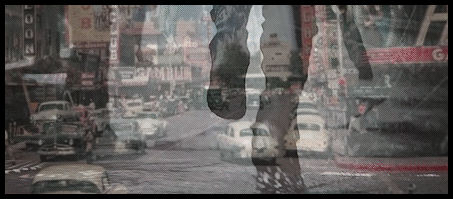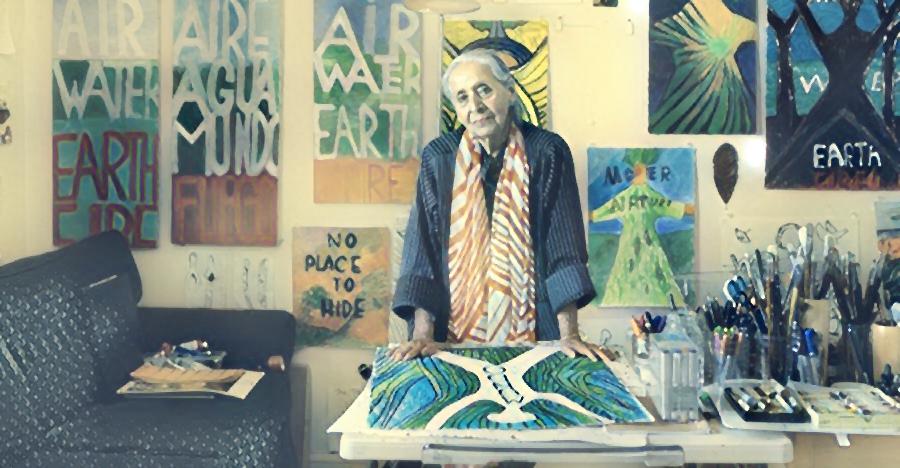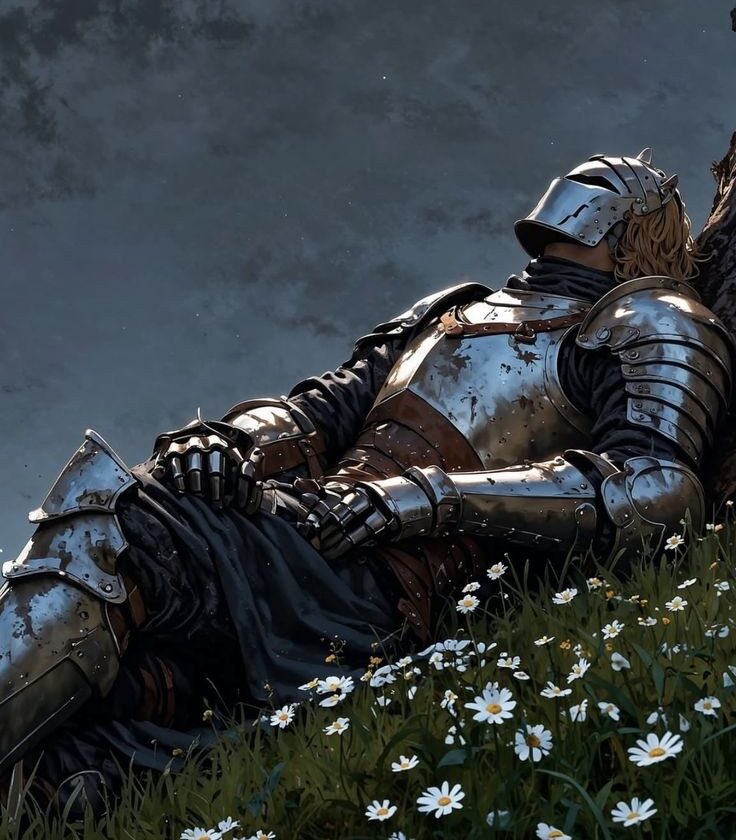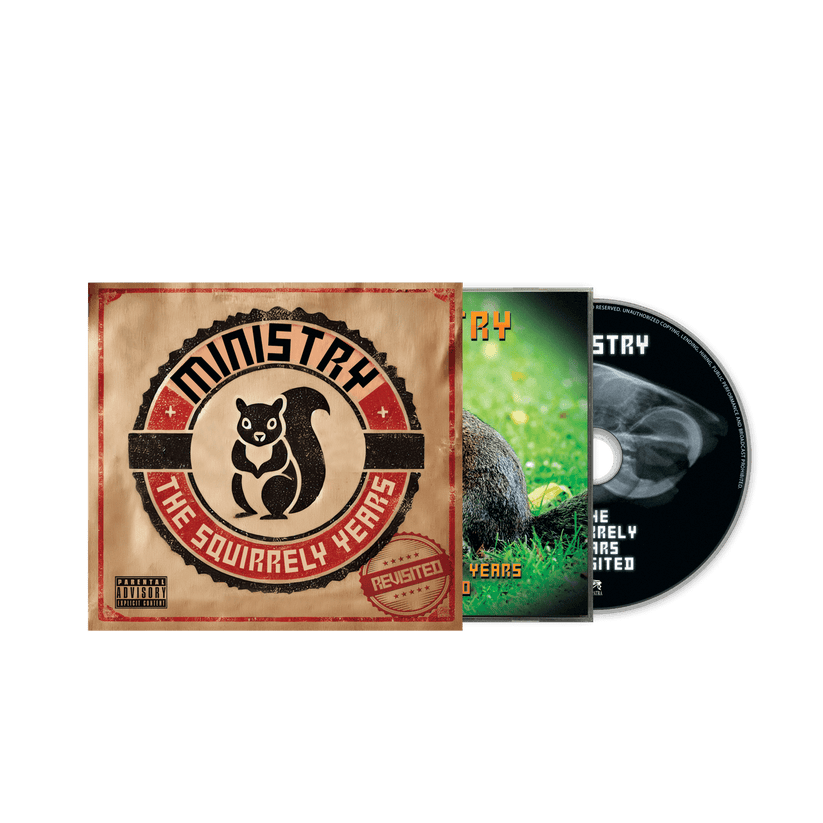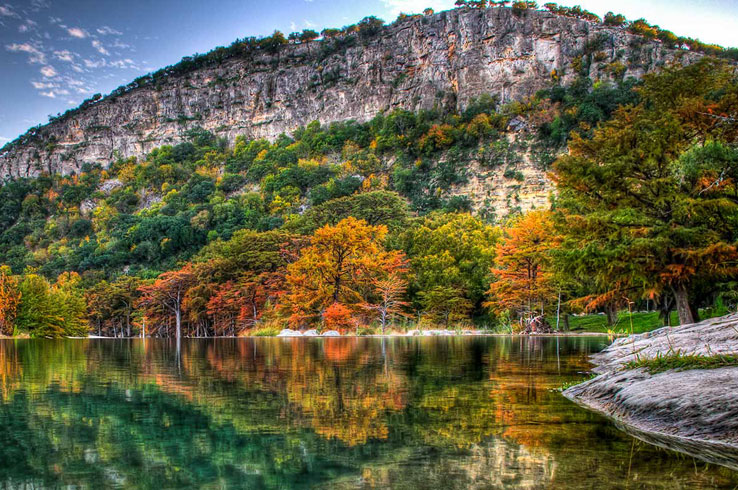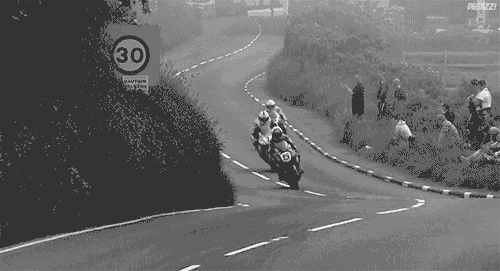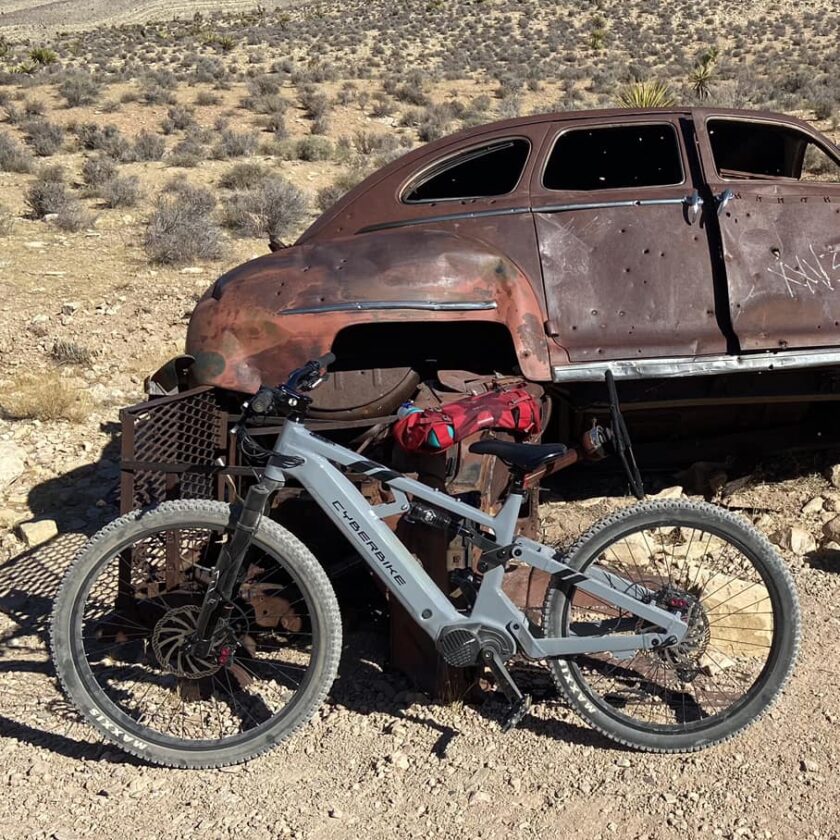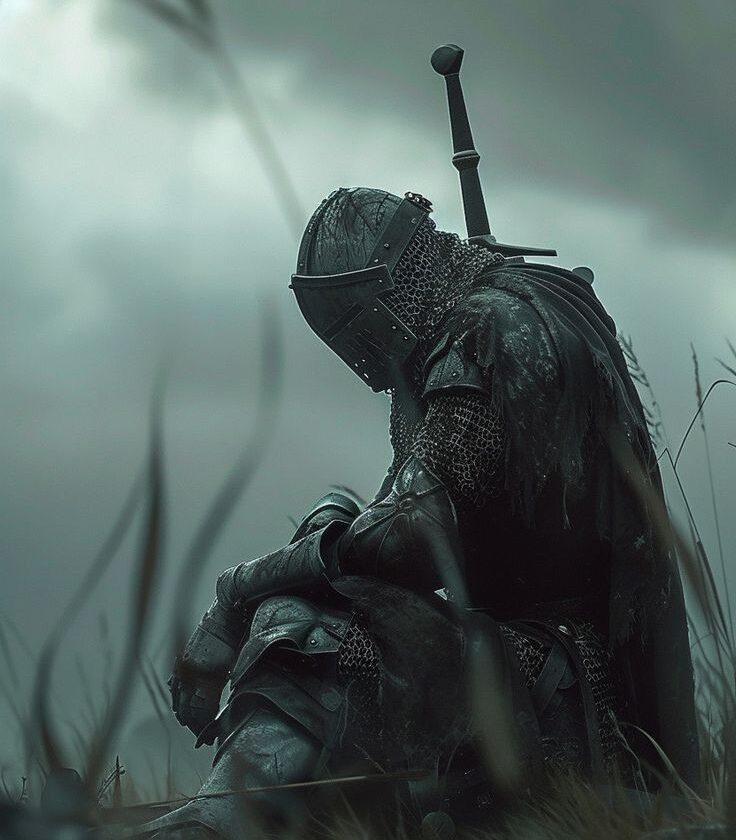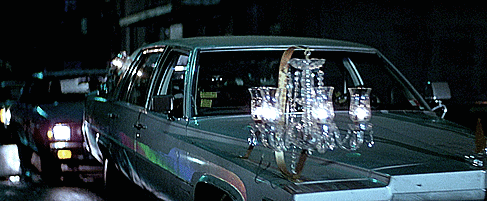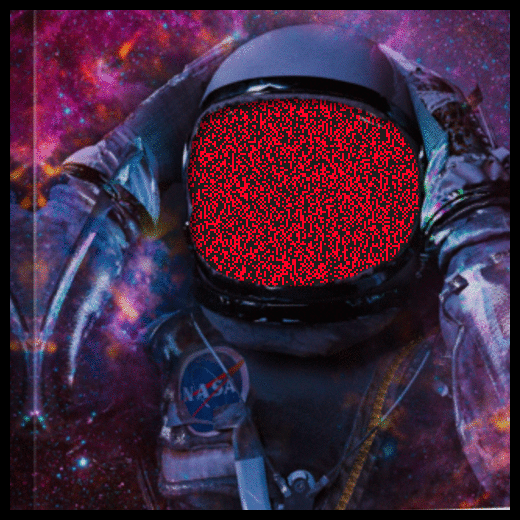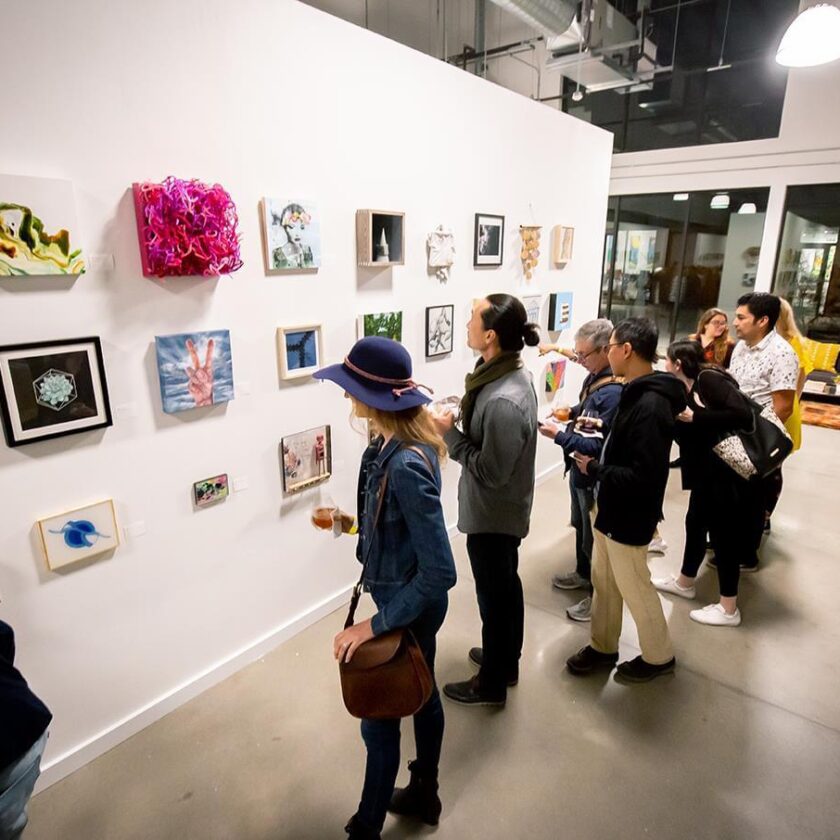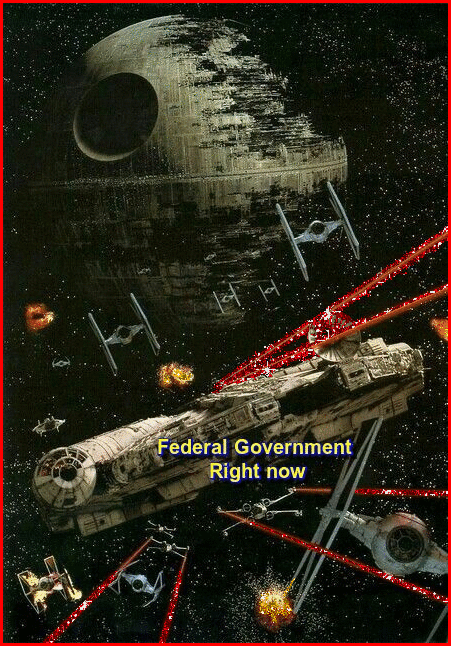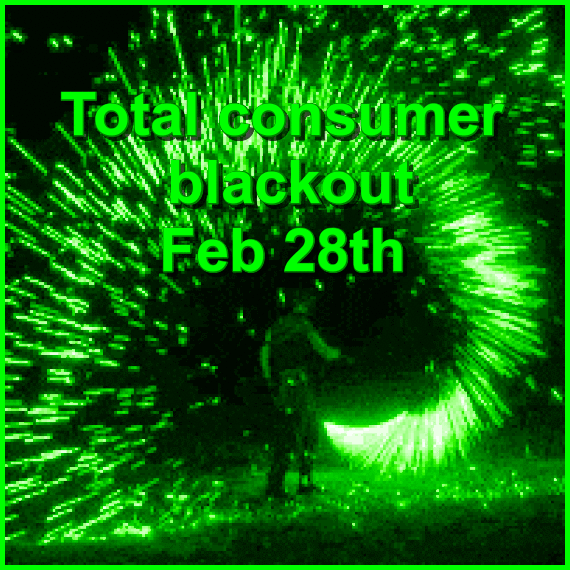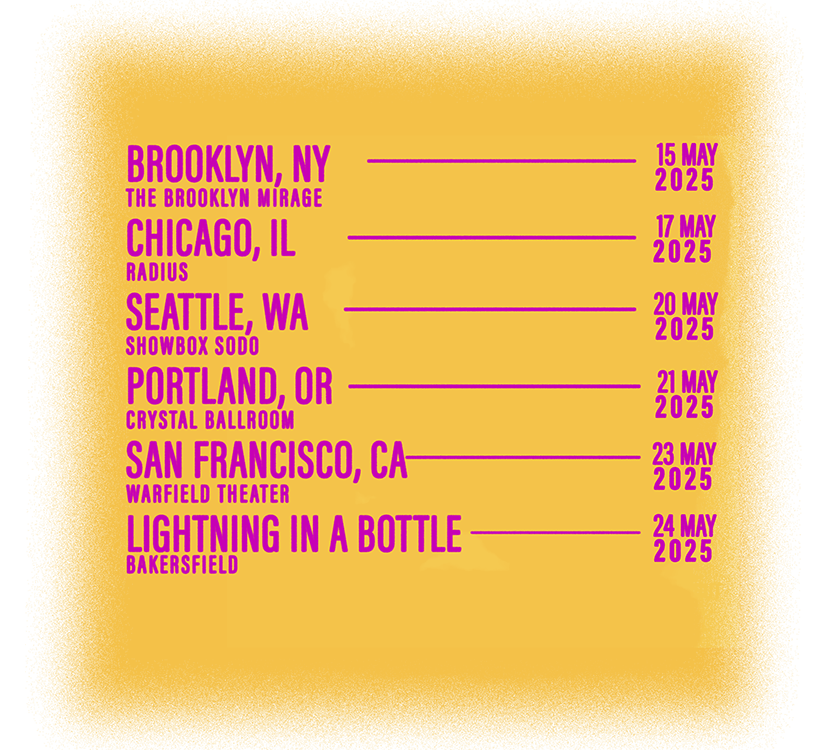Luchita Hurtado was born in Maiquetía, Venezuela, in 1920. Working in painting, drawing, and prints, Hurtado has experimented with many different styles over the course of her 80-year career, yet maintained a unique, independent practice that explores the relationship between the human body and the natural world.
Luchita Hurtado (October 28, 1920 – August 13, 2020) was a Venezuelan-born painter from Santa Monica, California and Arroyo Seco, New Mexico.
Born in Venezuela, she emigrated with her family to New York City at the age of eight.[3] She studied painting at Washington Irving High School, where she met her first husband, a Spanish journalist named Daniel de Solar. The couple married when Luchita was 18.[3] It was through him that she was introduced to many Latin writers and painters, such as Rufino Tamayo. She divorced De Solar in 1942.
In 1945, she made the painting that is recognized as the first in her career, and began freelance work as an illustrator for Condé Nast and as a muralist for Lord & Taylor in New York.[4][3][5] During this time, her circle of fellow artists expanded. One such connection she made was with Ailes Gilmour, who had roomed with Hurtado and de Solar when they were still married. Gilmour was the half-sister of Isamu Noguchi, so Noguchi and Hurtado became close, often visiting galleries together. It was through Noguchi that Hurtado was introduced to her second husband, the artist and collector Wolfgang Paalen, and after they married, her connections to other artists expanded even more rapidly than before. Her third husband was artist Lee Mullican.[3][6] Their son Matt Mullican is a New York-based artist.[3]
Prior to 1998 Hurtado’s work was largely unknown outside of Los Angeles.[3] In 1998, a curator going through her husband Lee’s estate uncovered many paintings signed “LH” that were not recognized as his work.[7] From there, the paintings made their way to the hands of Paul Soto, founder of Park View, a two-year-old apartment gallery a few blocks from MacArthur Park in Los Angeles, and her first solo gallery exhibition since 1974 was held there.
Christopher Knight said of her work: “Her drawings’ loosely Surrealist forms recall dense pictographs from a variety of cultures, ancient and modern. Among them are prehistoric cave paintings, Northwest and Southwest tribal art, pre-Columbian reliefs, and the abstract paintings and sculptures.”[8]
Hurtado’s work was included in the Hammer Museum‘s Made in L.A. exhibition in 2018.[4] Several visitors asked the curators if her birth date was incorrect because the work seemed contemporary.[9] WIKI
